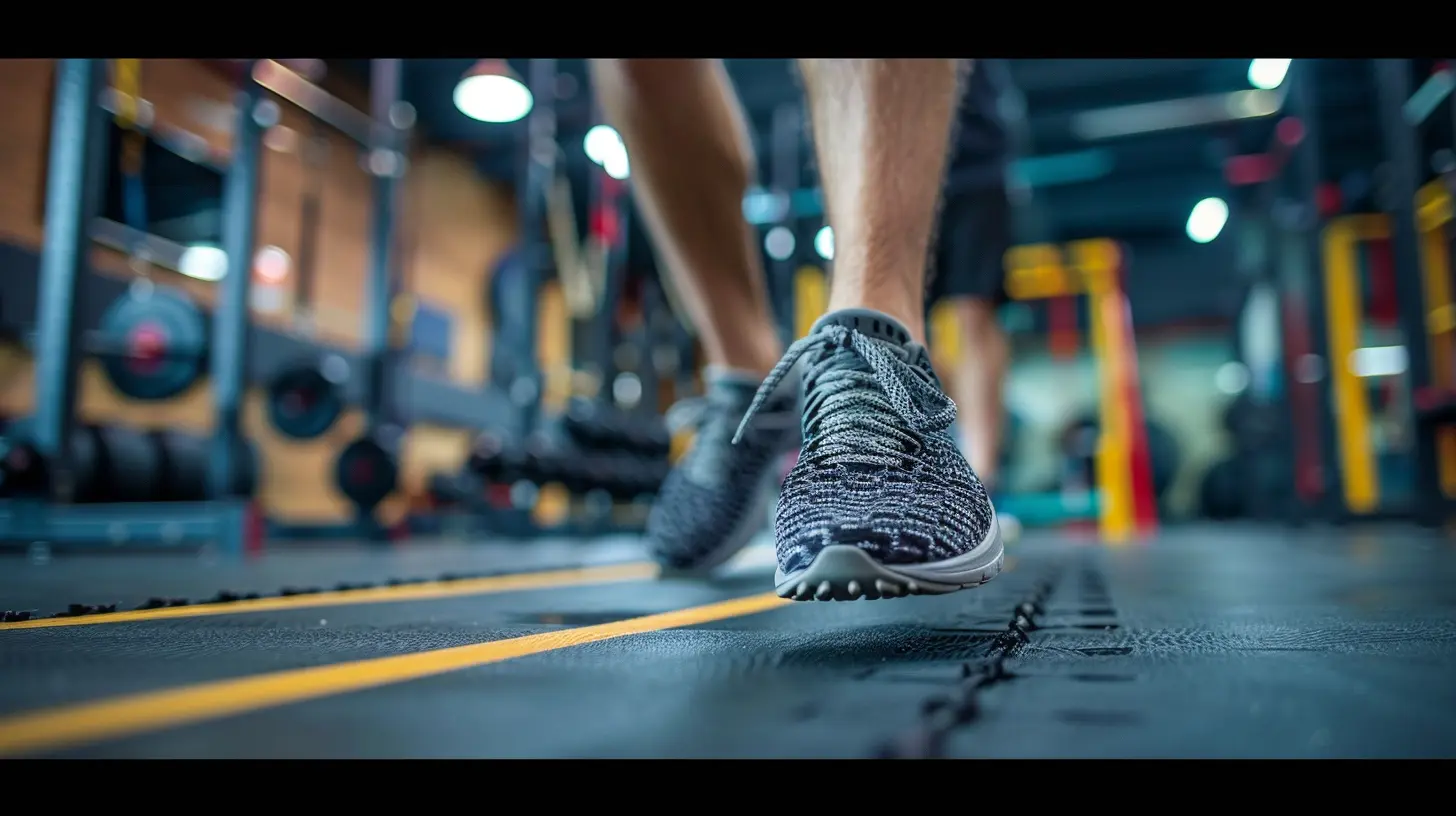29 March 2025
Ever find yourself struggling to carry all your grocery bags in one trip or bending down to tie your shoes without feeling like it's an Olympic event? That’s where functional training steps in. This fitness approach isn’t just about looking good in the mirror or maxing out your bench press; it’s about making life easier and your movements more efficient. Let’s dive into the amazing benefits of functional training and how it can transform the way you move through life! 
What Is Functional Training, Anyway?
Before we get into the nitty-gritty of its benefits, let’s clarify what functional training actually is. Functional training focuses on exercises that mimic real-life movements. It prepares your body to handle everyday activities with more ease, efficiency, and strength. Think squats, lunges, and planks—moves that train your muscles to work together, just like they do in daily activities.Unlike traditional gym workouts that isolate muscles (think bicep curls), functional exercises engage multiple muscle groups at once. It’s like the difference between learning vocabulary words out of context versus actually practicing full sentences; one teaches you isolated pieces, and the other helps you apply them in real life. 
Why Functional Training Matters in Everyday Life
1. Improves Strength for Real-Life Activities
Functional training helps you build strength that translates directly to daily life. Ever lifted a heavy laundry basket or picked up a wiggly toddler? These movements require more than just brute strength; they call for coordination, balance, and core stability.Exercises like deadlifts and kettlebell swings train your body to work together as a unit. You'll feel stronger, not just in the gym, but when lifting that oversized suitcase or rearranging furniture on a whim.
2. Enhances Balance and Coordination
Let’s face it: life isn’t always stable. You’re constantly shifting, reaching, twisting, and moving. Functional training includes dynamic movements that improve your balance and coordination—key skills for staying steady on your feet.Think about a single-leg deadlift. It’s not just about strength; it’s about teaching your body to stay stable even when life throws you off course. And let’s admit it, avoiding a faceplant while walking on an uneven sidewalk is worth the effort.
3. Reduces Risk of Injuries
One of the best things about functional training? It makes your body more resilient. By strengthening the muscles, joints, and ligaments you use daily, you reduce your risk of injuries.For instance, if you’re constantly twisting and turning to grab stuff off high shelves, functional exercises like rotational lunges or woodchops can prep your body for those movements. It’s like giving your body a user manual for life, so it knows how to move safely and efficiently.
4. Boosts Core Stability
If you’ve been skipping core exercises, it’s time to rethink that strategy. A strong core is the foundation of almost every movement you make. Functional training emphasizes core activation during exercises, even if they’re not explicitly labeled as “ab workouts.”Moves like planks, mountain climbers, or even carrying heavy weights (hello, farmer’s carry) force your core to engage and stabilize your body. A solid core makes every activity—whether it’s playing with your kids or reaching for something on a high shelf—feel easier and more controlled.
5. Increases Flexibility and Mobility
Forget the stiff, robotic movements that come from traditional weight training. Functional training involves exercises that improve your range of motion and flexibility. This means you’ll be less stiff and more limber.Take yoga-inspired moves like dynamic stretches or rotational exercises. These help your joints move more freely. Plus, the more mobile you are, the less likely you are to injure yourself doing something silly, like reaching too far for the TV remote.
6. Saves Time While Delivering Results
Raise your hand if you’ve spent hours at the gym, only to feel like you’re not seeing results. Functional training is a time-efficient way to work out because it combines strength, mobility, and cardio in one. You don’t need to spend hours isolating each body part—functional training hits multiple muscle groups in a single session.And the cherry on top? Because these movements mimic real life, the results show up where it matters most: your day-to-day activities.
7. Improves Posture
Ever catch yourself slouching in your desk chair or hunching over your phone? Poor posture can lead to aches, pains, and even long-term issues. Functional training is a game-changer for your posture.Many functional exercises target your back, shoulders, and core, helping you stand taller and align your body correctly. Moves like rows, pull-aparts, and planks encourage proper posture, even when you’re not working out. 
Functional Training vs. Traditional Workouts
Still wondering how functional training stacks up against traditional gym workouts? Let’s break it down in simple terms:| Traditional Workouts | Functional Training |
|---------------------------------------|--------------------------------------|
| Focuses on isolated muscle groups | Engages multiple muscle groups |
| Often uses machines or fixed weights | Uses free weights, cables, or bodyweight |
| Primarily boosts aesthetic appearance | Improves everyday movement & functionality |
Think of traditional workouts as working on a single puzzle piece and functional training as putting the whole picture together. Both have their place, but functional training offers the added bonus of real-world application. 
How to Incorporate Functional Training Into Your Routine
Not sure where to start? Here are a few beginner-friendly exercises to try:1. Bodyweight Squats
Mimics the motion of sitting and standing, helping with tasks like getting out of a chair.2. Lunges
Great for improving balance, coordination, and lower-body strength.3. Planks
Targets your core while improving overall stability.4. Push-Ups
Builds upper-body and core strength, while mimicking the action of pushing something heavy.5. Farmer’s Carry
Grab a pair of dumbbells and walk with them—it’s perfect for strengthening your grip, core, and shoulders, just like carrying groceries.You don’t need fancy equipment; in fact, your own body weight is often enough to get started. Add intensity with dumbbells, kettlebells, or resistance bands as you progress.
Final Thoughts: Why Functional Training Is a No-Brainer
Functional training isn’t just another fitness fad—it’s a lifestyle upgrade. It makes you stronger, more balanced, and more prepared for the challenges of daily life. Whether you’re lifting your kid, vacuuming the stairs, or navigating a crowded subway, functional training gives you the tools to do it all with ease.And the best part? Anyone can do it. Whether you’re a beginner or a seasoned gym enthusiast, functional training can be tailored to fit your fitness level and goals. So, why not give it a go? Trust me, your future self will thank you!




Elowen Ortiz
Functional training empowers your body for daily activities, enhancing strength, balance, and flexibility. By incorporating these exercises into your routine, you're not just working out; you're investing in a healthier, more active lifestyle. Embrace the journey, and unleash your full potential!
April 3, 2025 at 4:50 AM